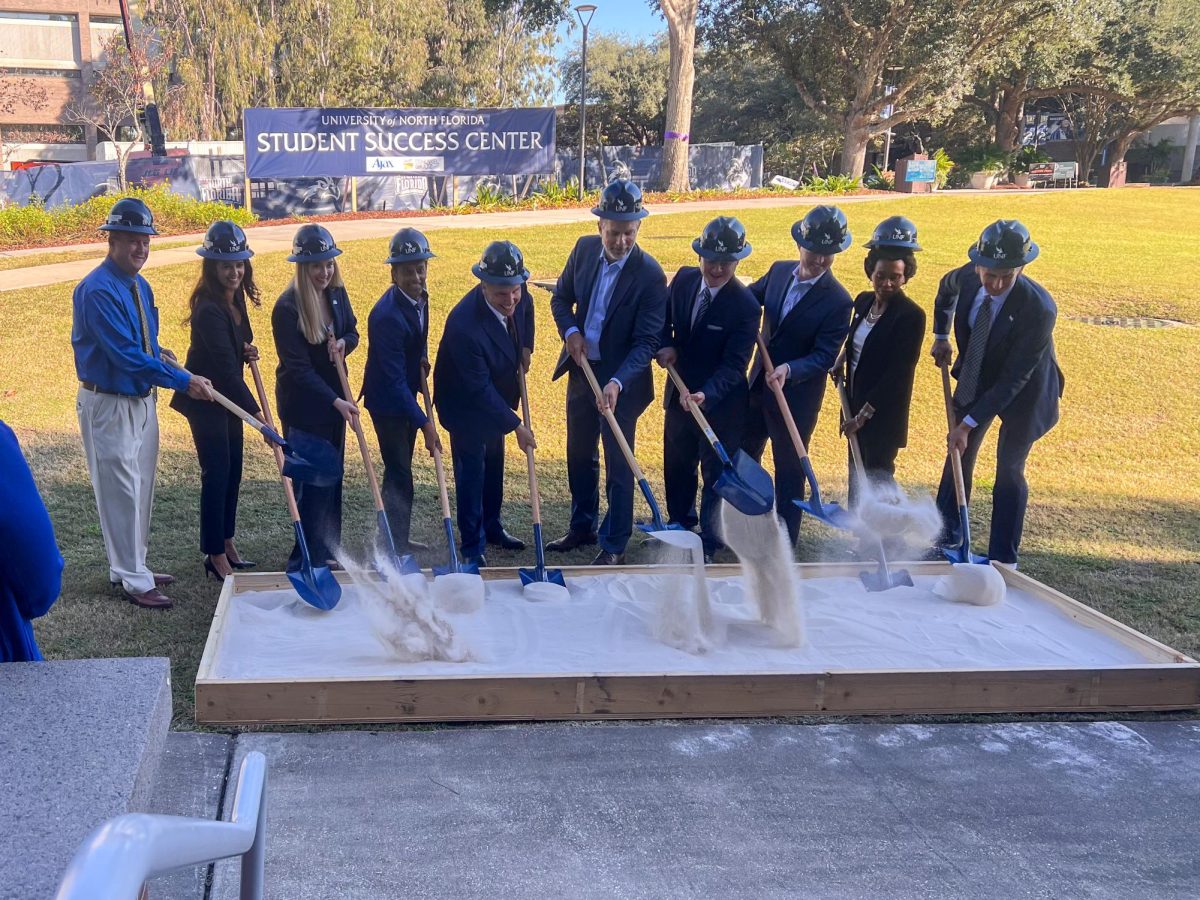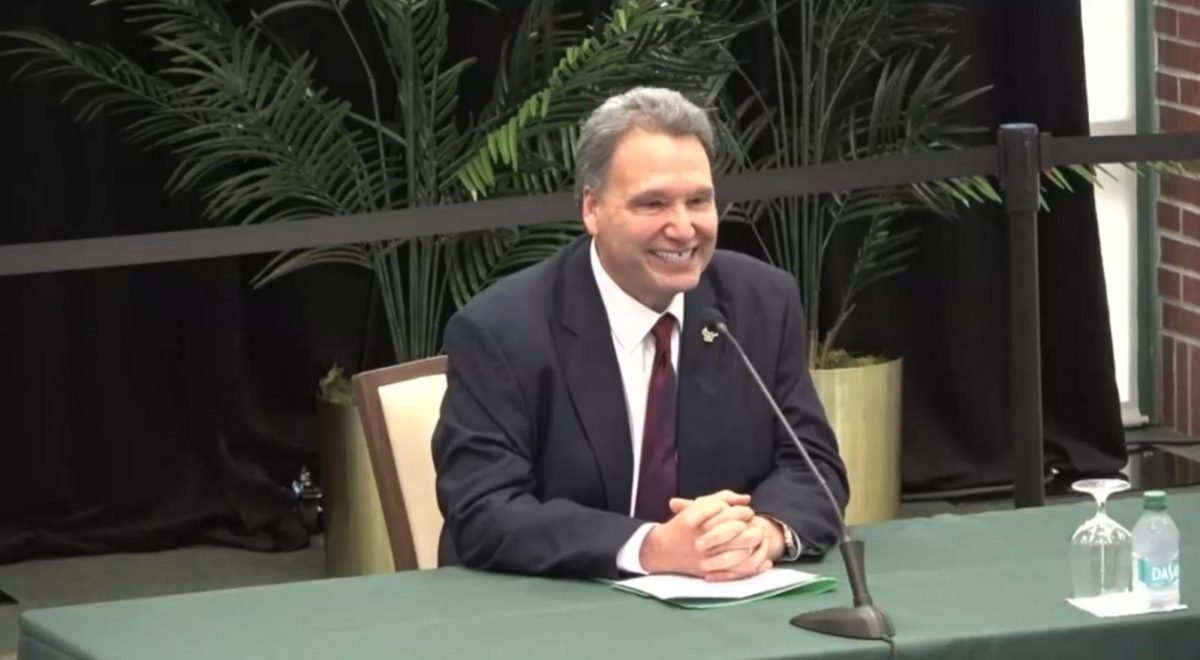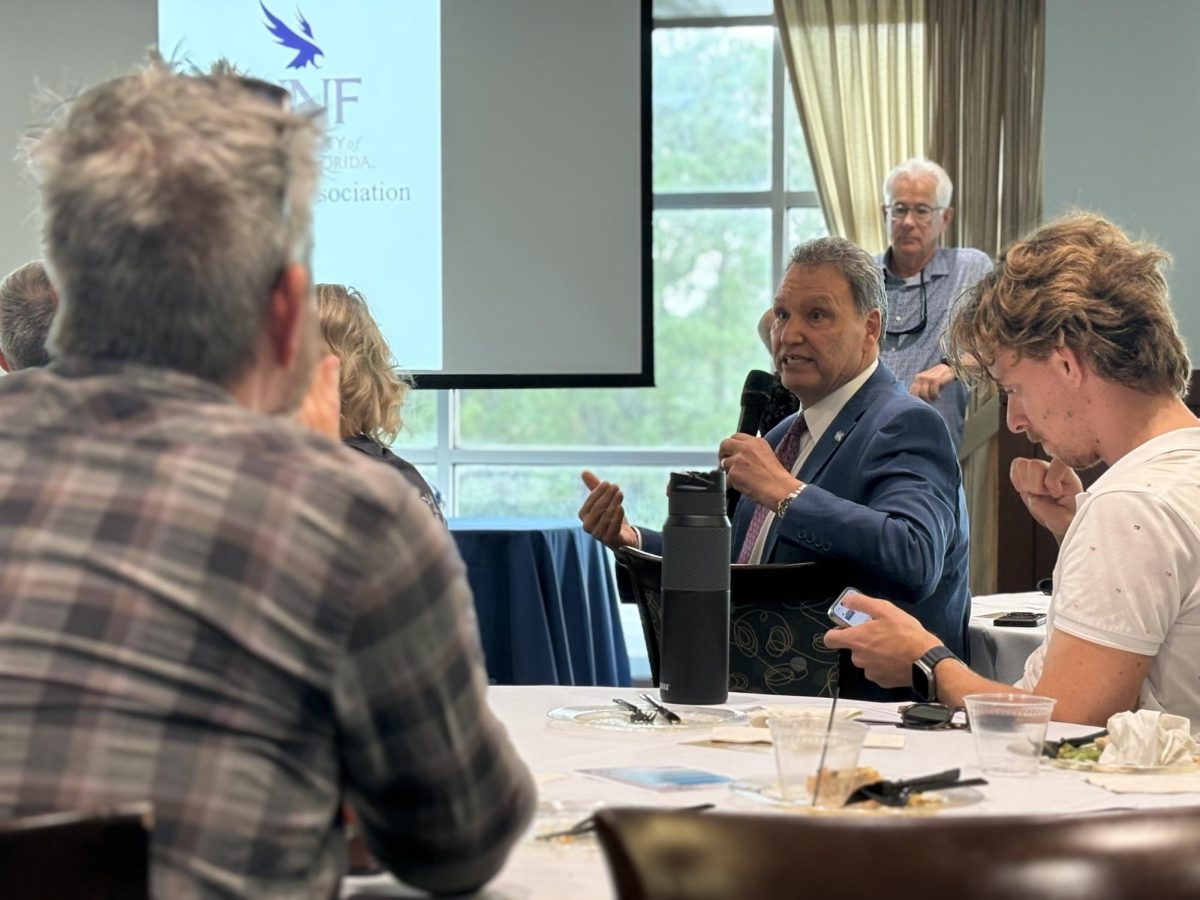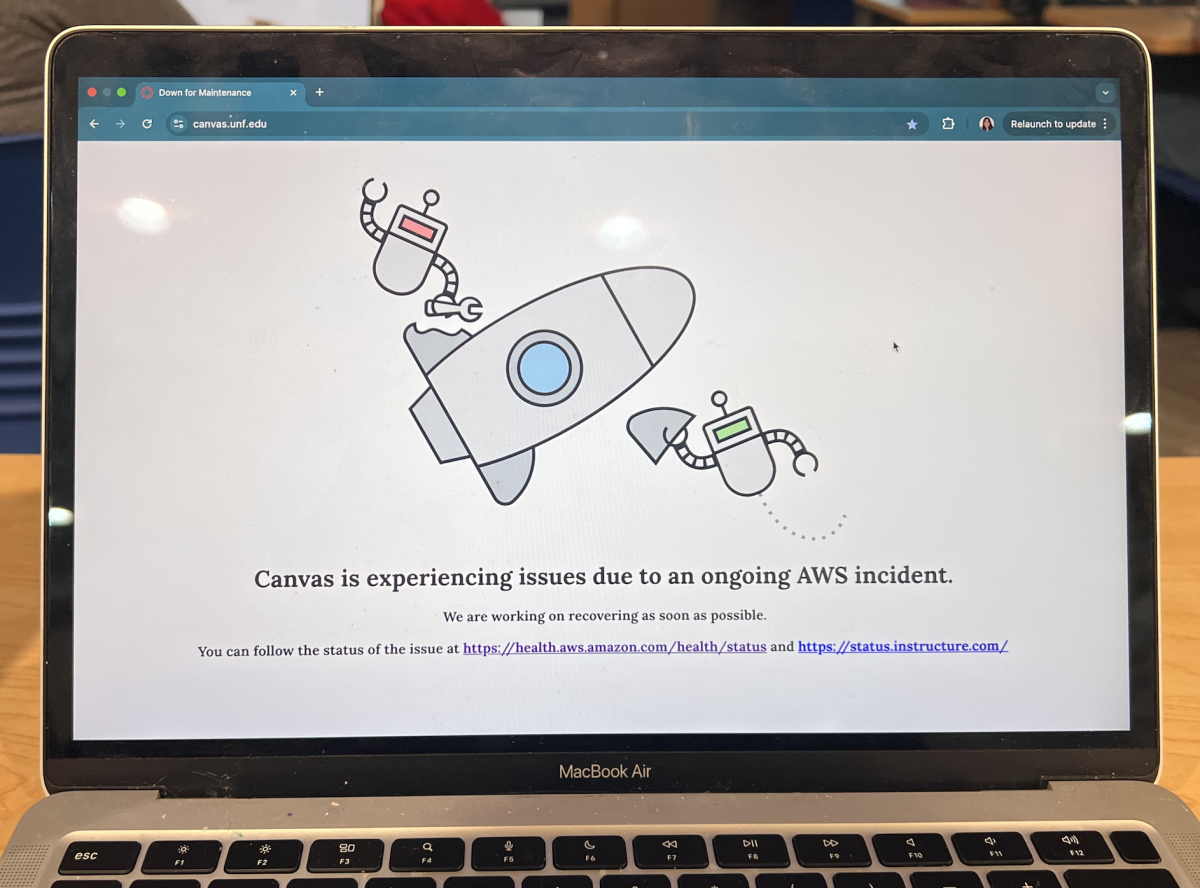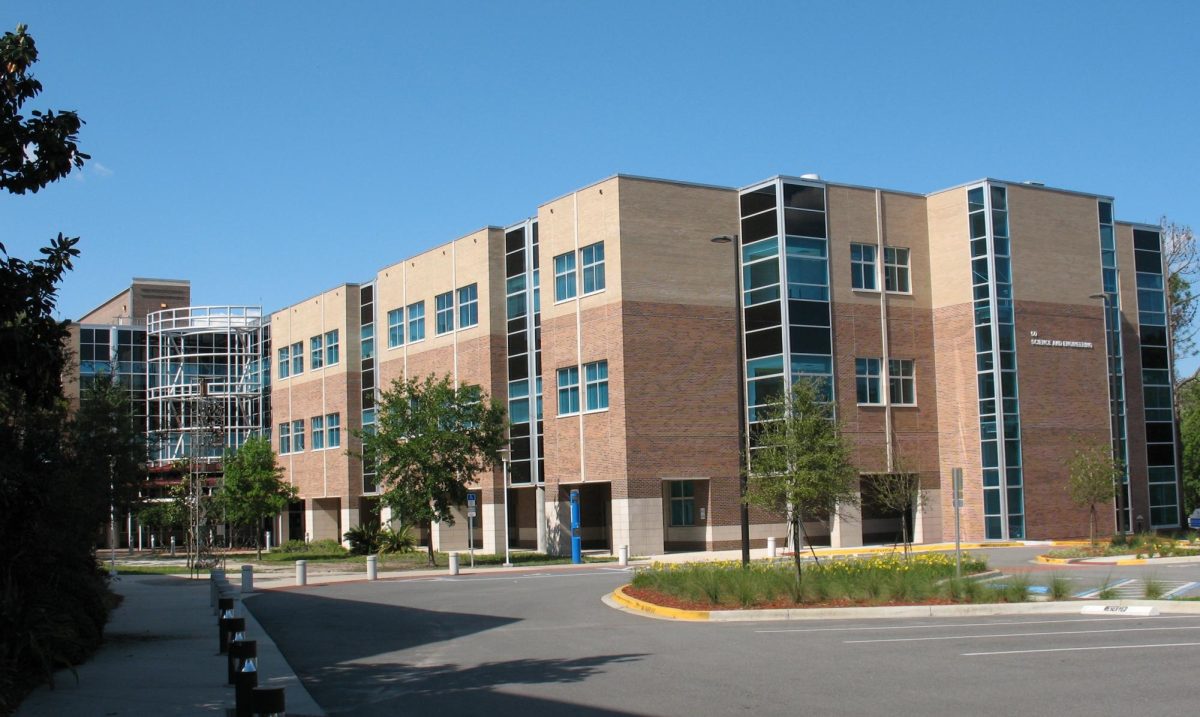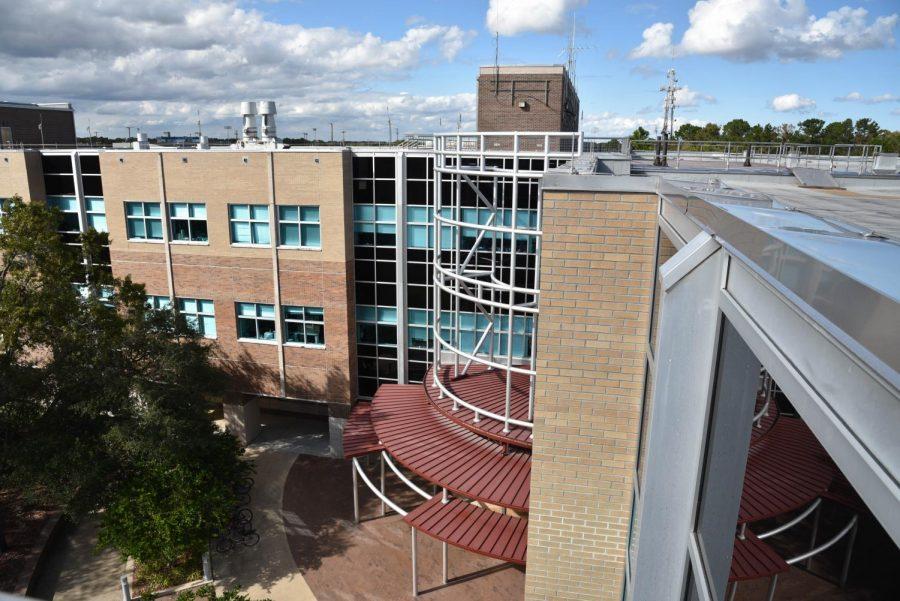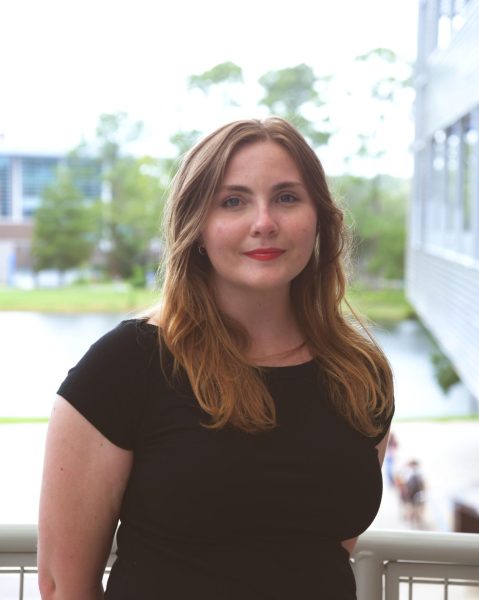A group of UNF archaeology students have begun a new dig at Black Hammock Island on Jacksonville’s Northside to uncover history left behind by the indigenous people of northeast Florida.
More than 20 students, led by anthropology professor Keith Ashley and National Park Services Intern Victoria Hayes, will conduct research at the Cedar Point North site near the southern point of the island. This dig marks the beginning of a large-scale collaboration between UNF and NPS.
The site’s terrain consists of large, shell-packed mounds and ridges that, according to Ashley, raise questions about how past inhabitants used the land.
“We want to understand if these unique formations are intentional human-made architecture or mere piles of refuse and how the Indigenous people were using this area,” said Ashley.
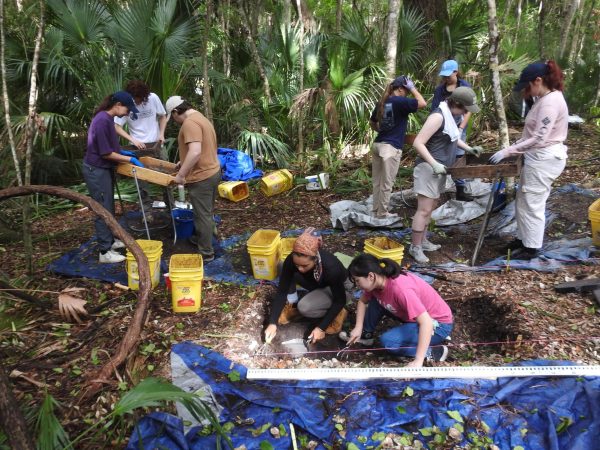
Hayes graduated from UNF with an anthropology degree and has been accepted to a doctorate program at the University of Florida.
She recently won a Timucuan Preserve student research grant to map, sample and date two shell formations at North Cedar Point. Ashley, Hayes and four other students spent a week testing the two formations last summer.
“It was an incredible experience to be able to work on this project from the beginning,” Hayes said. “I participated in all the aspects of archaeology work by applying for funding, conducting background research, developing a research design, reporting, fieldwork and lab work. It really solidified my true passion and love for archaeology.”
The large shell formations at North Cedar Point are about 1,000 years old, and over the years, archaeologists have uncovered artifacts such as indigenous pottery and animal bones.
One excavation uncovered a large amount of San Marcos pottery, which was determined to likely be associated with the Timicuan group, the Mocama of Guadalquini.
___
For more information or news tips, or if you see an error in this story or have any compliments or concerns, contact editor@unfspinnaker.com.






